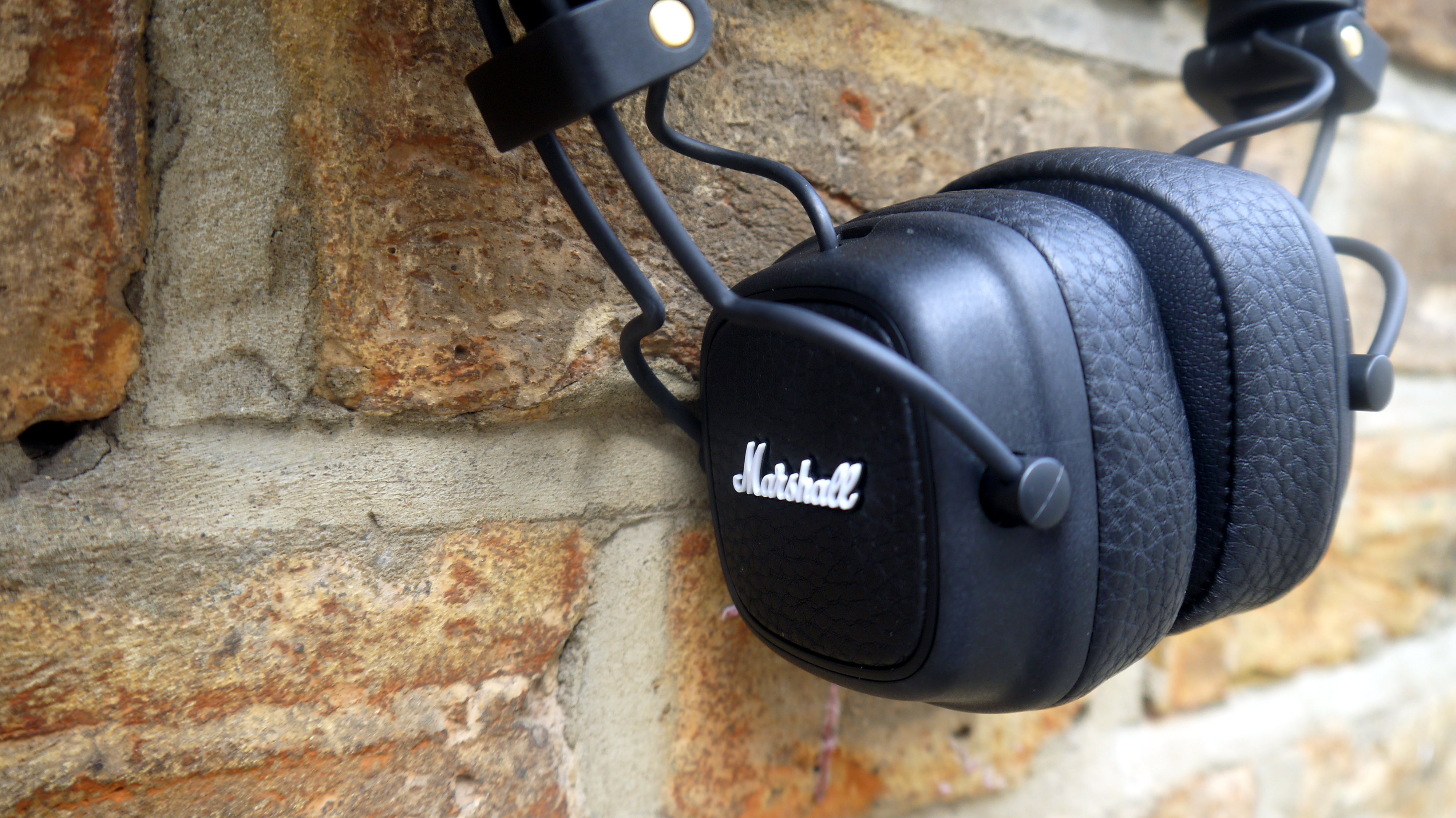TechRadar Verdict
The Marshall Major IIIs are stylish rock-inspired on-ear headphones, with a well-balanced sound and a sturdy design. We liked the sparkly detail in the top range and the smooth mids, but felt let down by slightly feeble bass frequencies.
Pros
- +
Stylish, slim design
- +
Great top and mid ranges
- +
Fully foldable
Cons
- -
Uncomfortable
- -
Feeble bass
- -
Let in external sounds
Why you can trust TechRadar
With a design based on its iconic amps, the Marshall Major III are perfect for those who want to flaunt a bit of rock heritage on their commute. Sturdy hardware and a relatively balanced sound make these a great option for those wanting to upgrade their basic cans.
Slimmer and a little more stylish than 2016's Marshall Major II, their light build makes them ideal for long journeys, although the pinching sensation typical of on-ear headphones is an issue.
[Update: Check out our review of the new Marshall Major III Voice headphones that integrate Google Assistant into its popular Major III on-ear wireless cans. If you need a pair of wireless headphones that will last you all week long on a single charge, we think the Major III Voice are a great option. However, if you’re obsessed with audio fidelity, you’ll want to look elsewhere.]
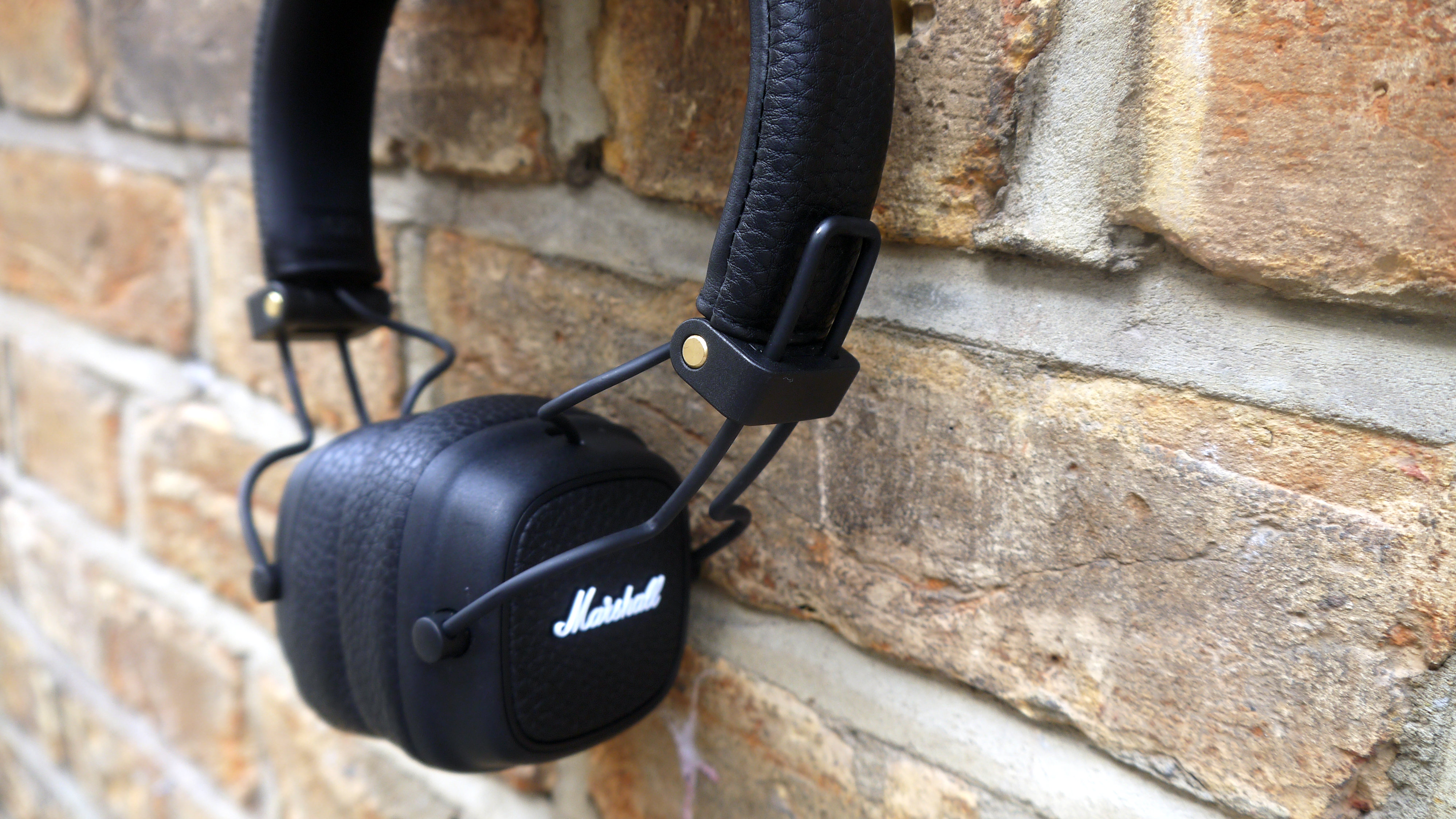
Price and availability
The Major IIIs are available to buy from the official Marshall Headphones store for $79 / £69 (around AU$135), representing a price hike of around £7 for UK buyers based on current conversion rates.
However, if you're based in the UK it's possible to buy them from Marshall's Amazon store for £65 with free delivery included.
Compared to similar on-ear models, the price sits comfortably in the mid-range and they are one of the cheaper models on offer from Marshall.
If you've become accustomed to a wireless way of life, you would need to fork out a hefty $149 (£129 / around AU$206) for the Bluetooth enabled version of the Marshall IIIs.
Design
Similar to the Marshall Major II headphones of 2016, the Major IIIs make use of Marshall’s signature leather look – although vegans will be pleased to know they’re actually made out of lookalike vinyl. Overall they’re less clunky than the Major IIs, with slimmed-down hardware and a more subdued black and white color scheme, as opposed to the gold-accented predecessors.
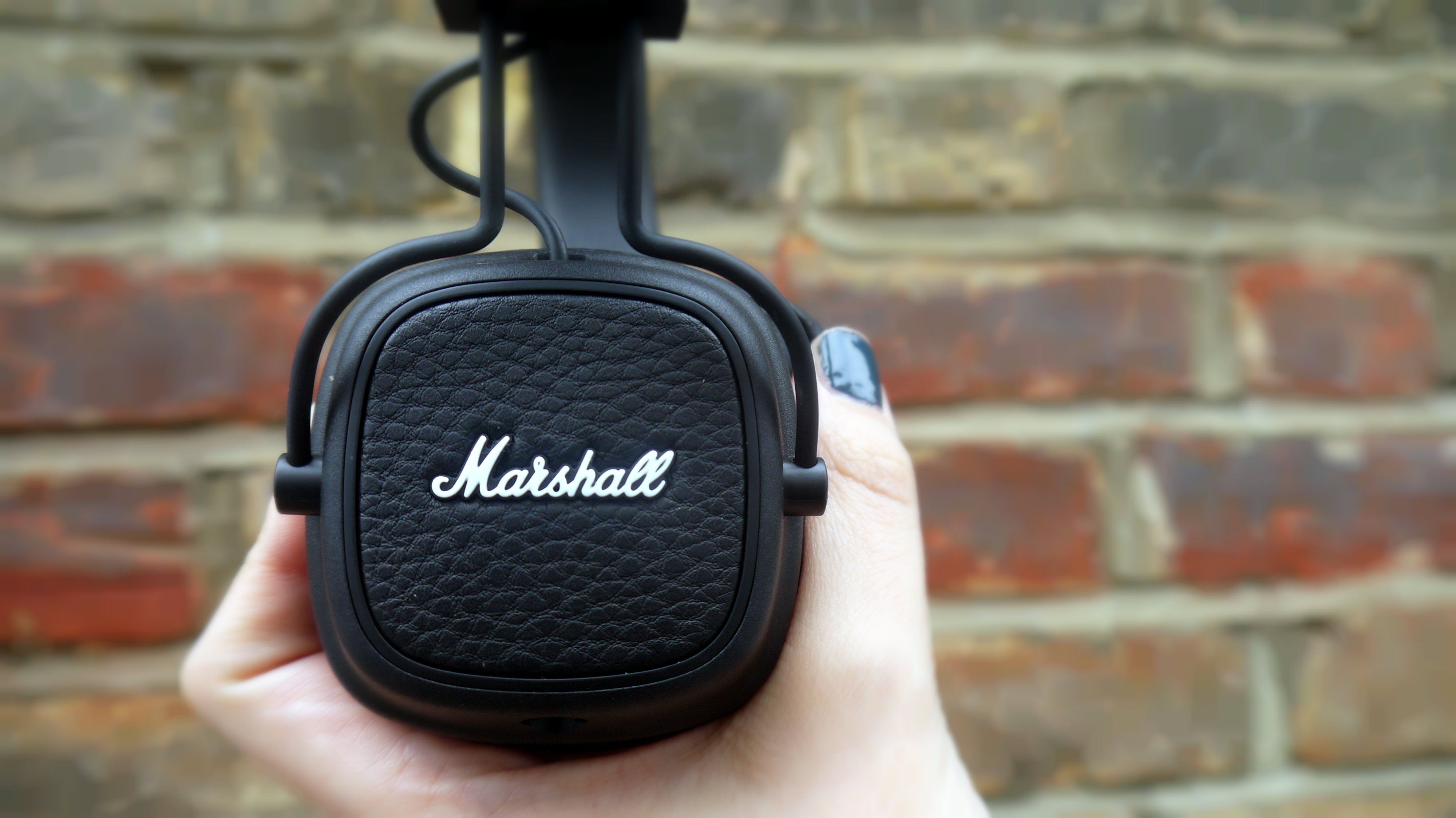
With a straight band and heavily padded on-ear cushions, the headphones are designed to be comfortable for long periods of time, although we did experience a little discomfort from the pressure on ears after a long listening session. If you also have this problem with on-ear headphones, we’d recommend opting for over-ear headphones, which are usually more comfy, surrounding your ears rather than being placed on top of them.
The detachable coiled wire seems durable, and has a one-button remote that can be used to control the headphones and your phone’s functionality. A nice touch is the 3.5mm sockets on both sides of the headphones, which means friends can easily tune in to what you’re listening to if they too have a 3.5mm cable of their own handy.
Issues with flimsy plastic adjustment sliders on previous models have been addressed with metal hardware, meaning the headphones feel fairly sturdy. They’re also fully foldable, which is fantastic for listening on the go and packing tidily and safely into a bag.
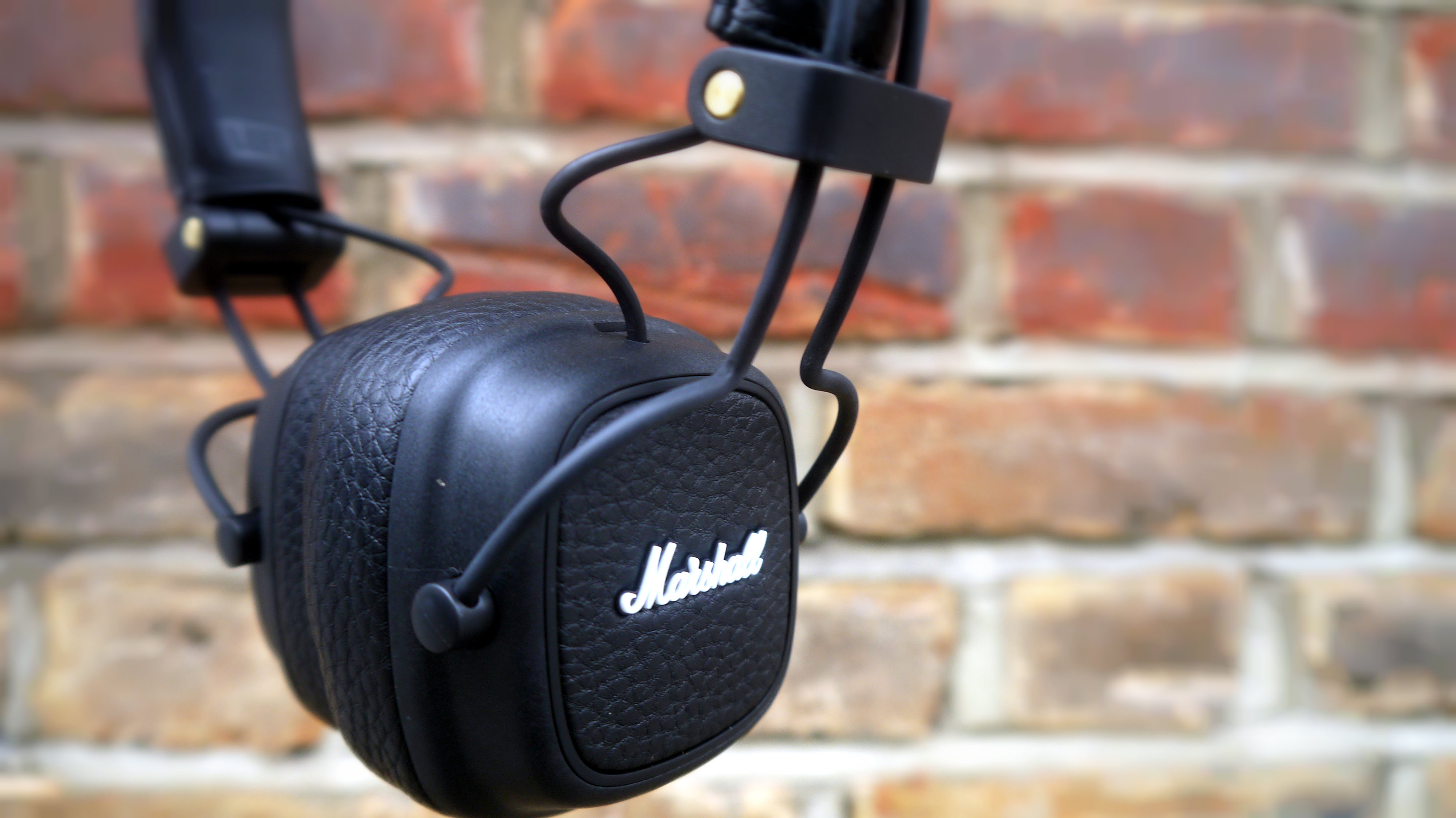
Performance
Overall the sound quality from the Marshall Major III headphones is decent, with a relatively well-balanced range. However these are not headphones for audiophiles.
The top range is clear and sparkly, with hi hats and cymbals coming across particularly well – although this clarity can translate into a slight harshness at times. A smooth mid range makes the Major IIIs especially suited to listening to guitar music – unsurprising considering Marshall’s rock heritage.
To test the Major III’s rock credentials, we listened to White Stripes’ ‘Fell In Love With A Girl’. The guitars were pleasantly fuzzy, with punchy drums and clear vocals. However that harshness did start to grate after a little while.
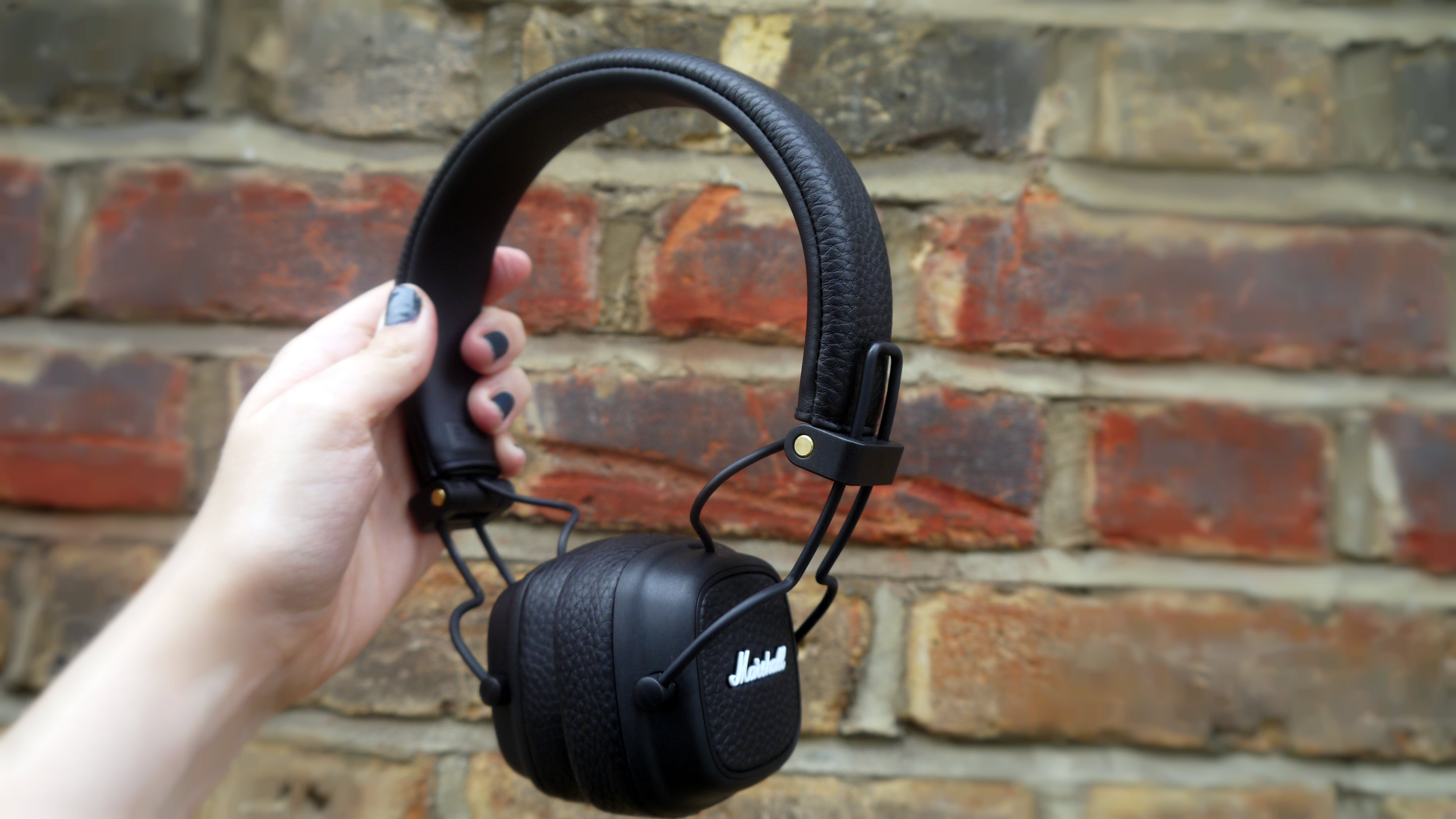
Where these headphones fall down is in the bass department, with slightly rolled-off frequencies which bassheads probably won’t appreciate. We tried out James Blake’s ‘If The Car Beside You Moves Ahead’ to put the bass frequencies to the test, and found the usually-body-thumping bass drum was pretty underwhelming. However, for general use, the sound is warm and balanced enough to give you a great listening experience.
Passive noise cancellation is never a strong point of on-ear headphones, but the Marshall Major IIIs are particularly disappointing in this regard. We tried them in the office and could still easily hear people’s conversations, meaning you’d have to really blast your music if you wanted to drown out the outside world. There’s no active noise cancellation option offered here, which isn’t surprising considering this is seen as more of an entry level pair from Marshall. For active noise cancellation, you’re going to have to stump up the cash for the enjoyable and premium Marshall Mid ANCs.
The Marshall III’s seem to be much better at drowning out white noise, which we discovered when we took them on the train for the morning commute. Furthermore, the isolation is good for this design of headphones, so you can rest assured you won’t be annoying the people around you with your music taste.
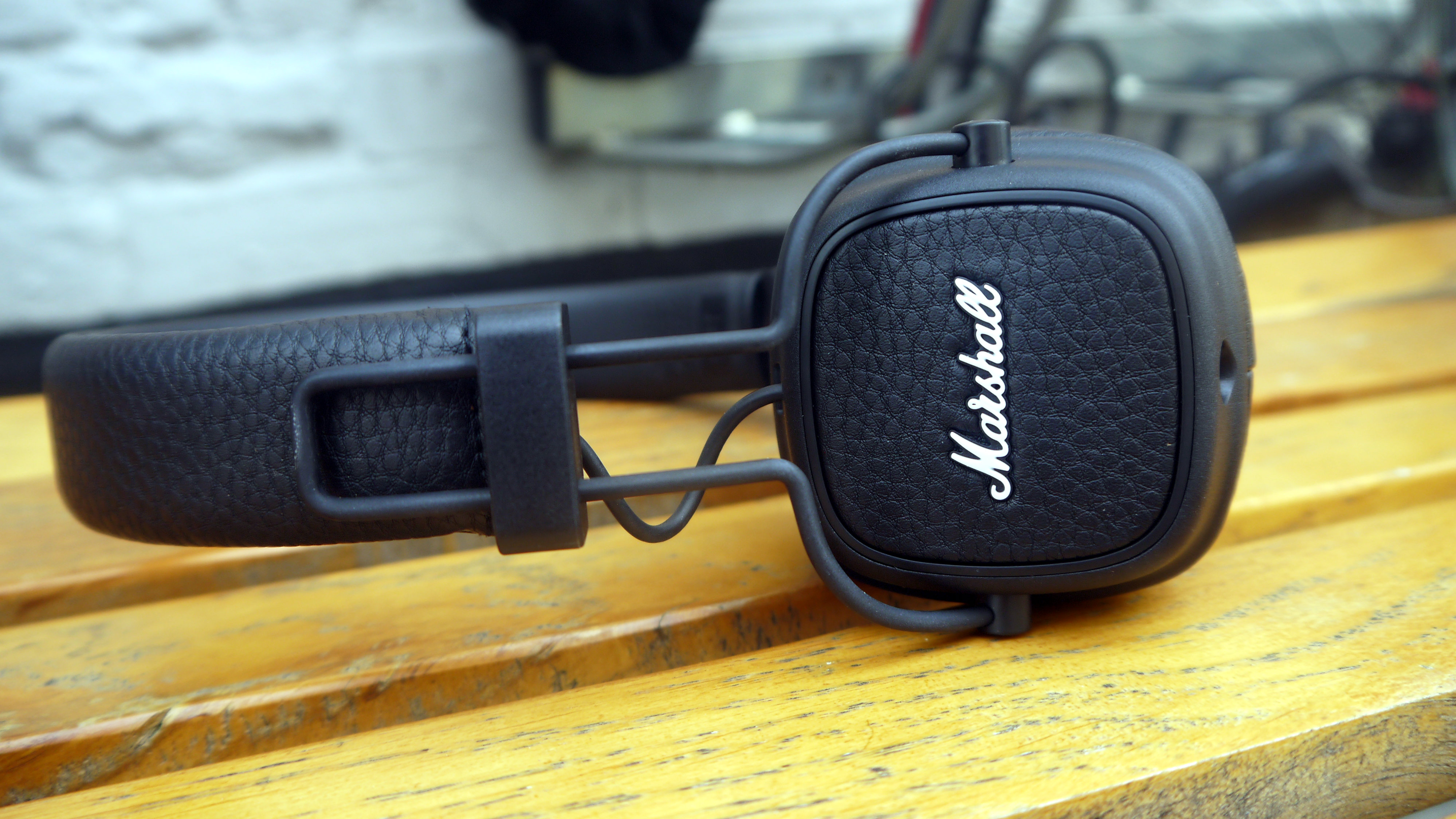
Verdict
The Marshall Major IIIs are a neat pair of headphones, with a quirky retro design and tons of cool rock heritage to boot. They feel extremely well made, and improvements to the design mean you’d have to be pretty rough with them to break them.
Slimmer than their predecessors, they have a really stylish look, and the ability to fold them down means they are great for travelling.
At $79 / £69 (around AU$135), they’re among Marshall’s cheaper headphones; however, for the wireless Bluetooth-enabled version, you’re looking at nearly double the price.
Audiophiles probably won’t rate the quality of the bass frequencies, but if you listen to a lot of guitar music, these might be the headphones for you.
Olivia was previously TechRadar's Senior Editor - Home Entertainment, covering everything from headphones to TVs. Based in London, she's a popular music graduate who worked in the music industry before finding her calling in journalism. She's previously been interviewed on BBC Radio 5 Live on the subject of multi-room audio, chaired panel discussions on diversity in music festival lineups, and her bylines include T3, Stereoboard, What to Watch, Top Ten Reviews, Creative Bloq, and Croco Magazine. Olivia now has a career in PR.
